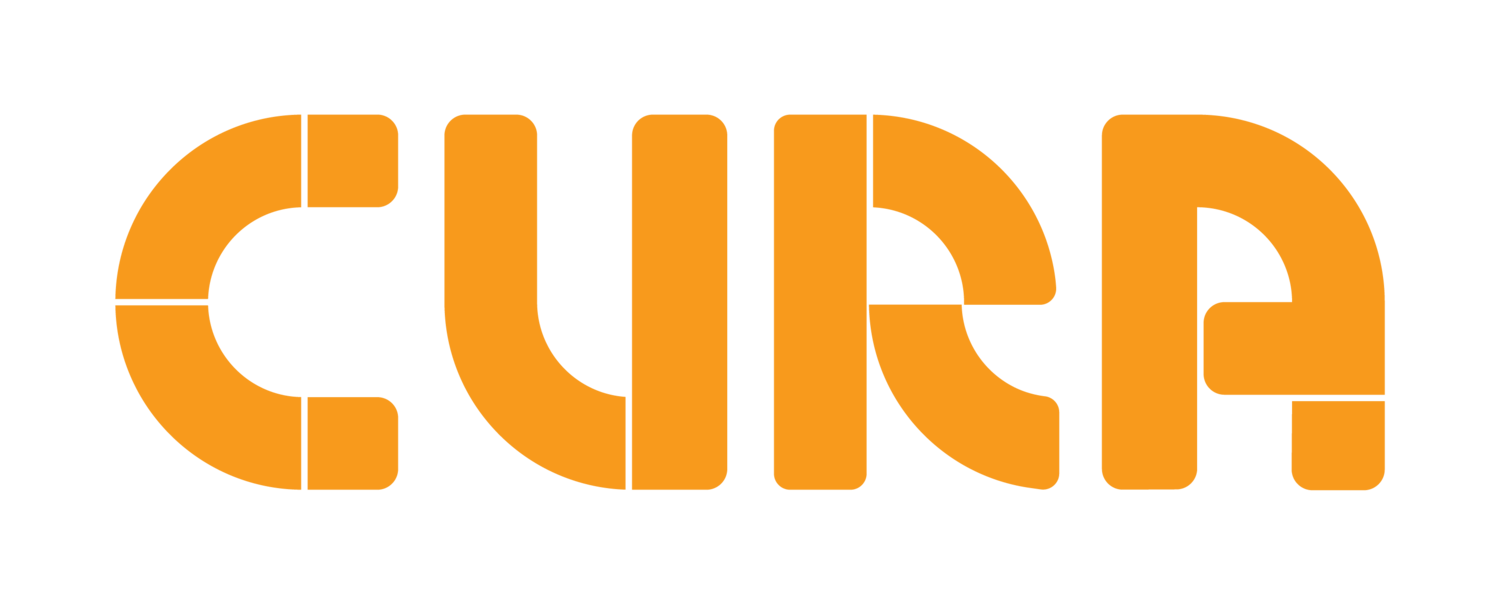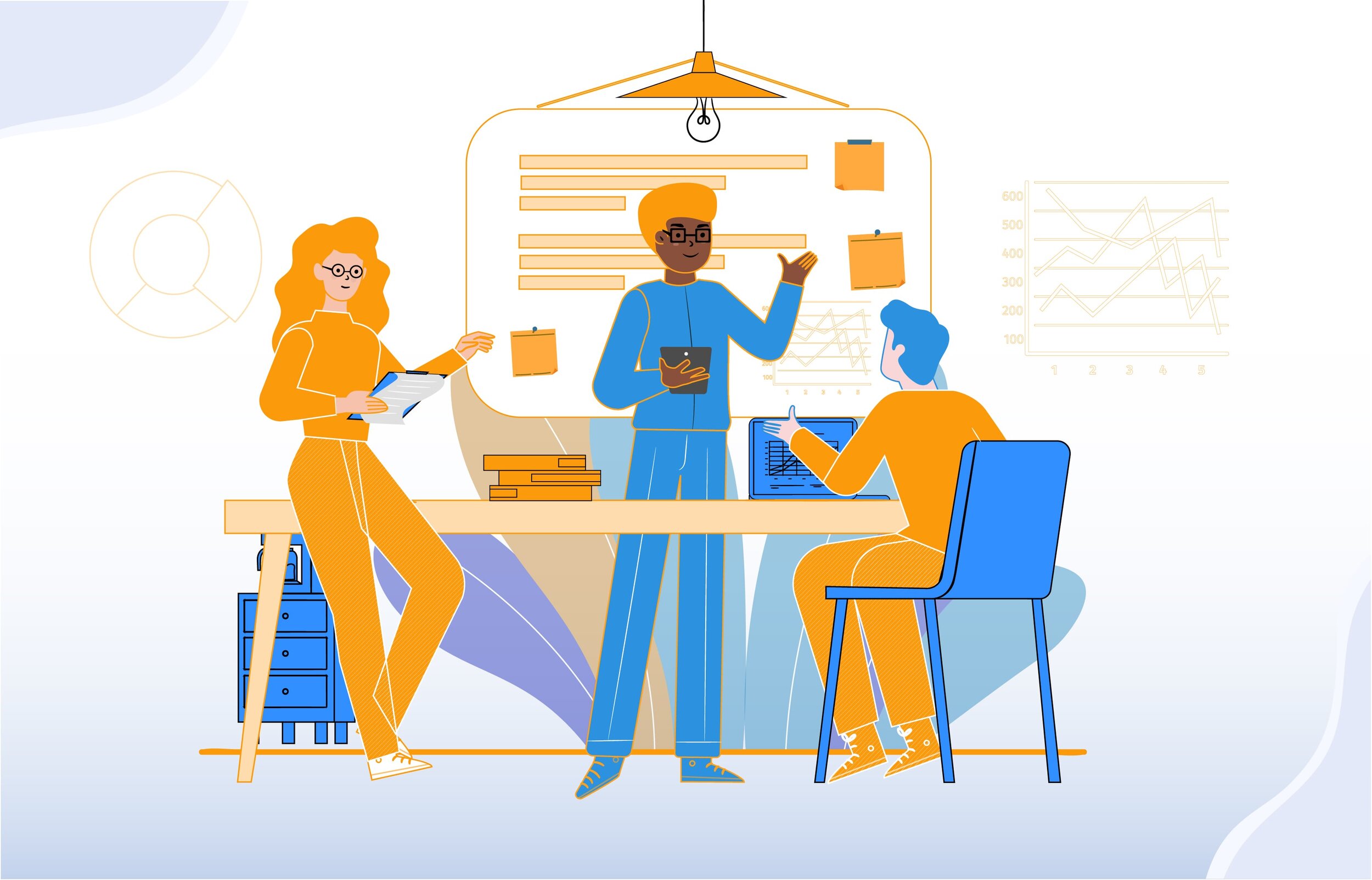
Implement PBL curriculum that works
Want more best practice tips on how to bring your classrooms to life?
Why pre-mortems create better thinkers
You might have heard of a post-mortem before. It helps us treat a failure as more of a learning exercise so that we can improve our approach the next time around. But shouldn’t we do this before we implement the plan or idea that didn’t work?
Get your students thinking like innovators
Have you ever been a bit underwhelmed by the ideas your students came up with when they were solving a real-world problem? To develop better ideas, students need two separate skills spanning both divergent thought and convergent thought.
Help students separate fact from fiction
Most people know that ‘fake news’ is an umbrella term that refers to ‘news’ which is not credible, false, or highly biased. If students are not able to critically evaluate information which they find online for bias and credibility, it will affect their ability to navigate a PBL unit successfully.
Build your PBL units around the ‘Double Diamond’
We’ve spoken previously of our preference for Design Thinking as the framework for PBL. It helps us structure a project into levels, but it doesn’t tell us what students should be doing within each level. So that’s where the Double Diamond process comes in.
Our roadmap for teaching critical & creative thinking
Critical and creative thinking are indispensable skills for a rapidly changing world - and for success in a PBL unit! That’s why we’re excited to introduce to you our second skills framework for helping students become critical and creative thinkers.
The secret to rigorous and rich student inquiry
PBL units encourage students to work through an inquiry process. The challenge, of course, is that this approach is predicated on students being able to ask questions – good, relevant questions. This is easier said than done – so how do we build the skill of questioning?






